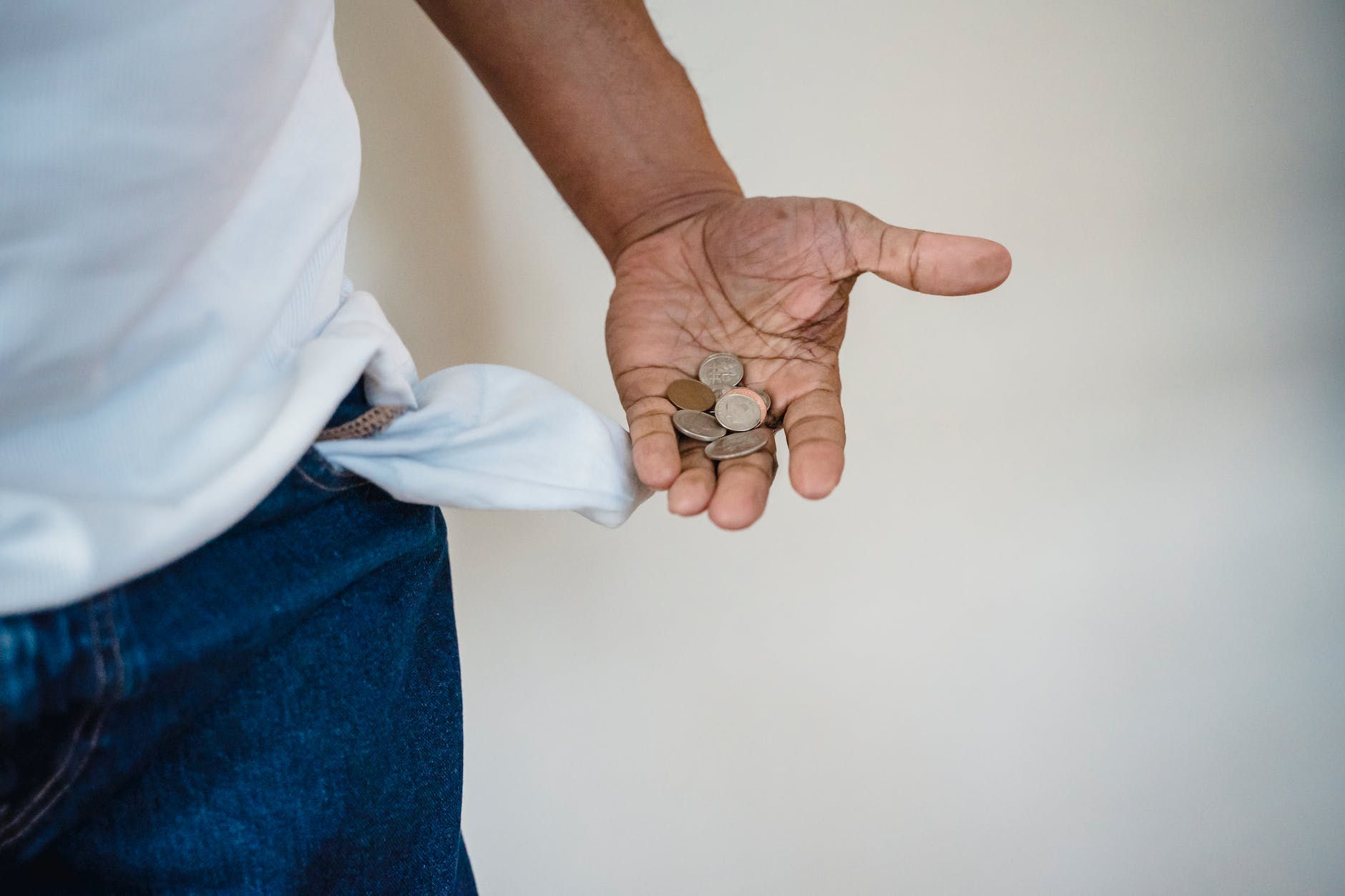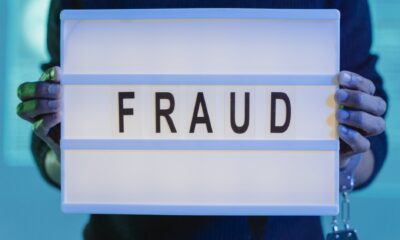Education
The Pros and Cons of Bankruptcy
Published
9 months agoon

Bankruptcy
In Australia, bankruptcy is a straightforward process that can help you find relief from creditors. When it comes to declaring bankruptcy pros and cons, it’s up to you to decide whether or not it’s right for you. Bankruptcy carries series, ongoing consequences, so it’s worth seeking professional advice before you make any decisions. To help out, we’re going to look at the pros and cons involved with bankruptcy.
Declaring Bankruptcy in Australia
Australian bankruptcy is a process where individuals are formally declared unable to pay their debts. You can either apply for bankruptcy voluntarily, or a creditor may also apply to the court to make you bankrupt due to nonpayment of debts.
Once your bankruptcy application is approved, the Australian Financial Security Authority (AFSA) will appoint an independent Trustee to oversee the process. The Trustee will investigate your financial affairs and take stock of all your debts, assets, income and liabilities. Once they’ve done that, they’ll make a start on repaying some (or all) of your debts to creditors. This is typically done by selling your assets and distributing the proceeds. The process lasts for 3 years and 1 day, after which your remaining debts are forgiven and you’re free to start life afresh.
Bankruptcy Pros
Declaring bankruptcy is a good way to deal with major personal insolvency problems. The process comes with a range of benefits:
- Freedom from your debts. The biggest benefit of bankruptcy is that it frees you from most types of debts. Once you’re discharged from bankruptcy, any outstanding unsecured debts will be forgiven, and creditors won’t be entitled to reclaim their money.
- Relief from creditors. From the moment your Trustee is appointed, it becomes their job to manage creditors and maintain communications. Creditors will no longer be able to contact you directly, and they won’t be able to commence new legal proceedings against you.
- Superannuation is protected. Superannuation is protected from bankruptcy proceedings. Any super in your account remains untouched. Any super accrued or withdrawn during bankruptcy is protected.
- No minimum debt threshold. The only requirements for declaring bankruptcy is that you must be unable to pay your debts and you must be an Australian resident. There are no debt or income thresholds, and there are no fees to apply for bankruptcy.
- Keep your tools. You’ll be allowed to keep tools of the trade that you use to earn an income, up to $3,950 in value.
- Keep your cars. You’ll be allowed to keep cars and motorbikes up to a value of $8,550.
- Keep your household goods. Ordinary household goods, like furniture, kitchenware, clothes and other items will be protected during bankruptcy.
Bankruptcy Cons
Declaring bankruptcy pros and cons mostly comes down to your situation. The types of debt you hold play a big role in whether bankruptcy is right for you. If you’re thinking about bankruptcy then you’ll need to consider the drawbacks:
- Some debts remain. Bankruptcy clears most types of unsecured debts. It won’t affect secured debts (such as mortgages). Other debts, like HECS, court-imposed fines and child support payments will remain, and you’ll still be required to pay those debts as normal.
- The Trustee will sell your assets. The Trustee is responsible for repaying as much of your debt as possible. That usually means they’ll need to sell most of your assets, like cars, property, shares and investments.
- Bankruptcy affects credit. Creditors are often hesitant to deal with someone who has been bankrupt. During your bankruptcy you’ll be required to notify lenders of your status if you apply for credit over a certain amount. Credit reporting agencies will also keep a record of your bankruptcy that lasts for 5 years from the date you declared bankruptcy, or 2 years from the end of your bankruptcy, whichever is later.
- Your income can be affected. High income earners may be required to make contributions to their creditors. Your contributions will be based on moderate living expenses, so you’ll never be required to pay more than you can afford.
- Your details will be recorded on the NPII. Your name, address and the details of your bankruptcy will be recorded permanently on the National Personal Insolvency Index (NPII). The NPII can be searched by anyone for a small fee.
- Overseas travel is restricted. You’ll only be able to travel overseas during bankruptcy with written permission from your Trustee.
- The bankruptcy period can be extended. Bankruptcy normally lasts for 3 years and 1 day. That period can be extended if the Trustee thinks you are acting in bad faith, being untruthful or not complying with their requests.

Trending

 Banco4 years ago
Banco4 years agoBanjercito

 Gaming3 years ago
Gaming3 years agoNBA 2K21 Best Controller Settings

 Social Media3 years ago
Social Media3 years agoHow to prepare a publication schedule

 Indonesia4 years ago
Indonesia4 years agoSerial Number CorelDraw X7 Aktivasi Kode 64/32 Bit | Dijamin Bisa

 Filmora4 years ago
Filmora4 years agoWondershare Filmora 9 Activation Key and Email Free 2020

 Education1 year ago
Education1 year agoJuan Monteverde on the Unexpected Costs of Corporate Fraud

 Indonesia3 years ago
Indonesia3 years agoMangastream – 15 Alternatif Terbaik untuk Membaca Manga Online [2021]

 Education4 years ago
Education4 years ago28 Best Bane Quotes From The Movie “The Dark Knight Rises”
You must be logged in to post a comment Login